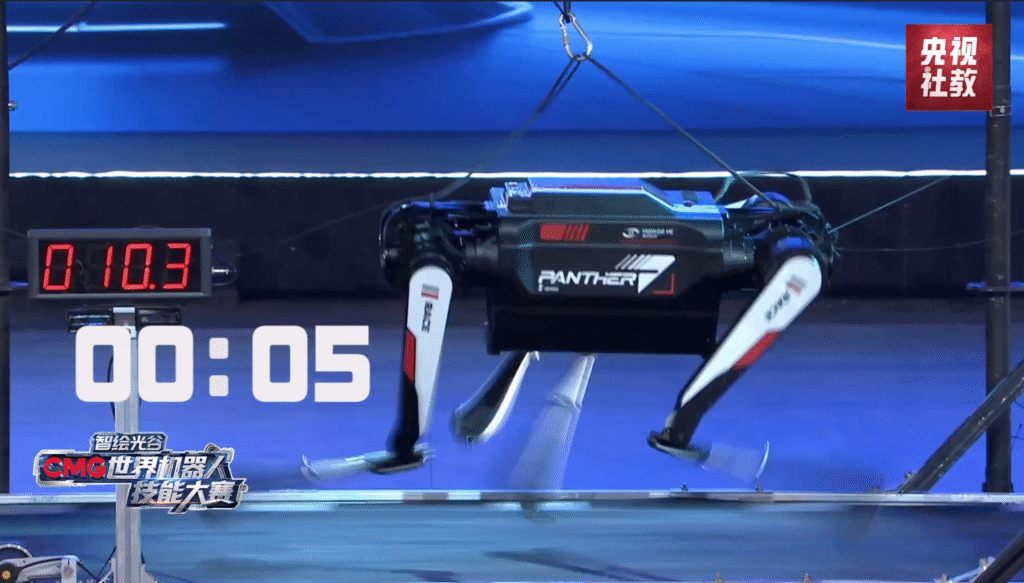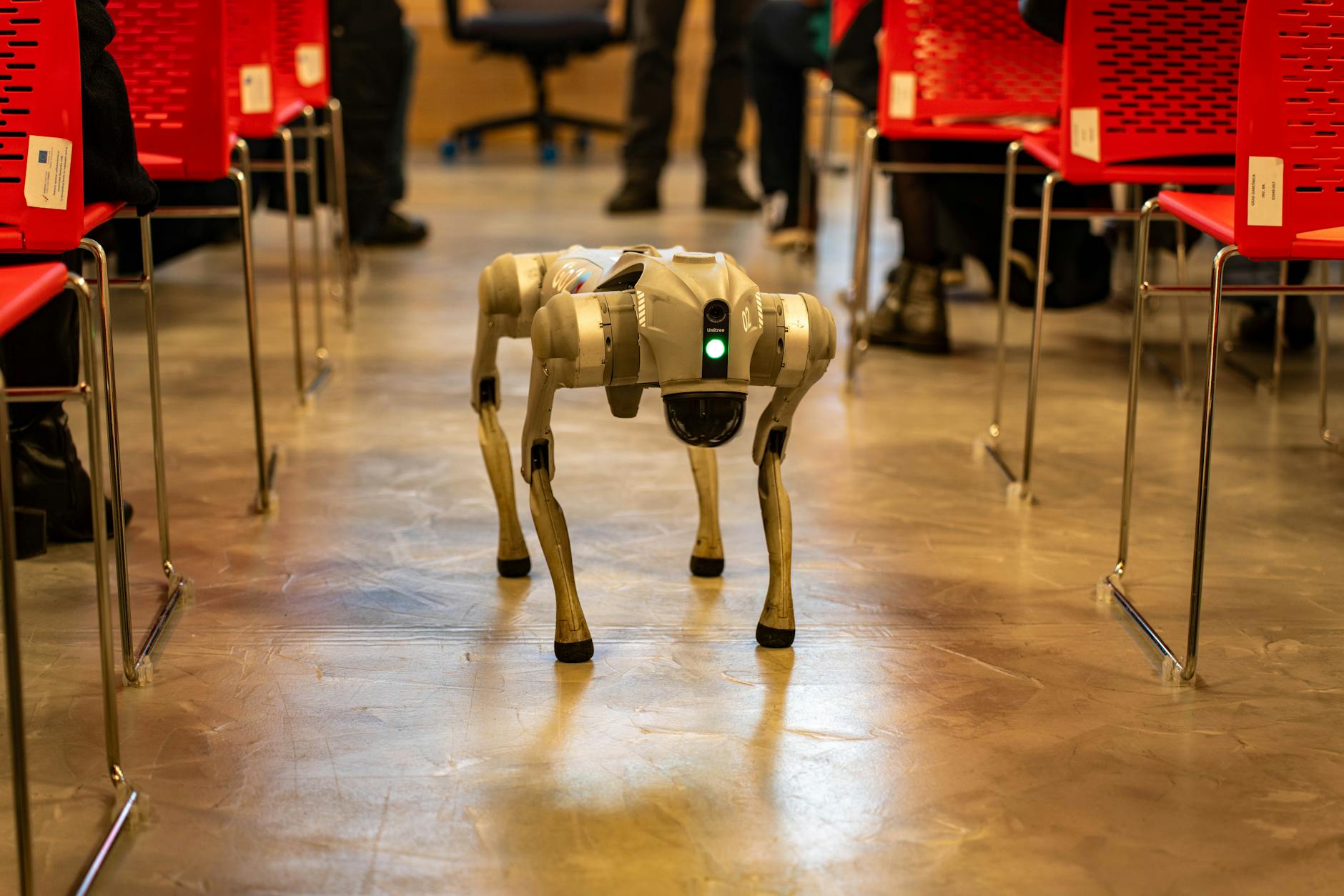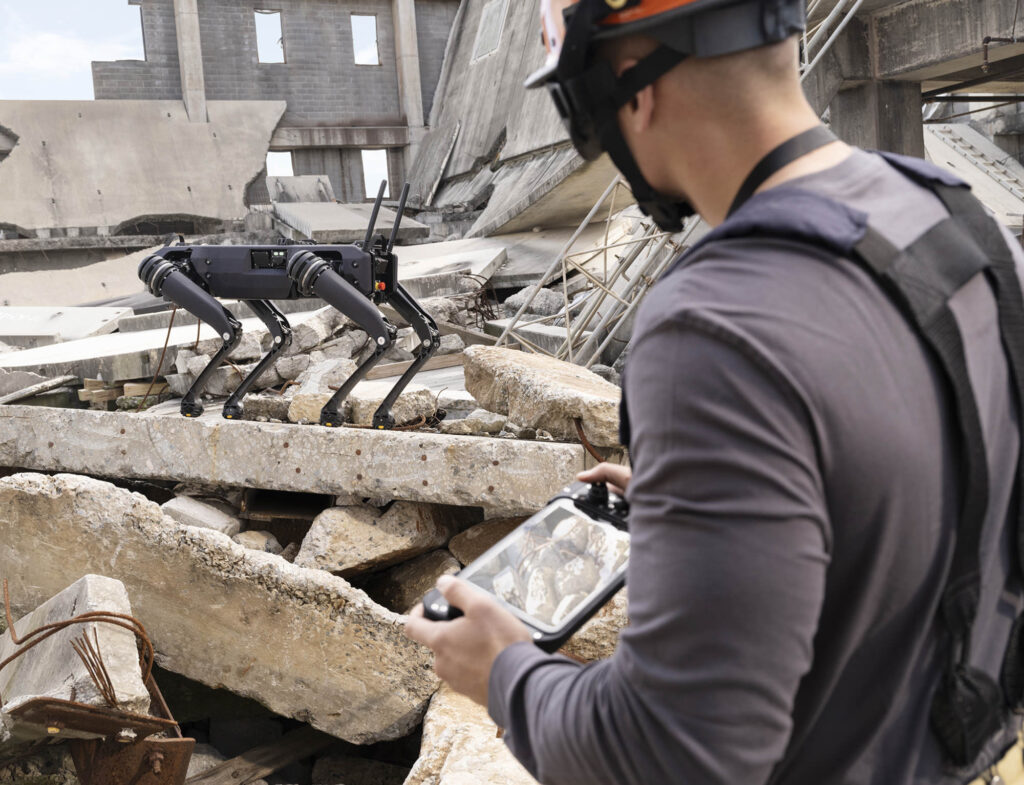
Photo Source : news.cgtn.com
In a fascinating display of speed, technology, and artificial intelligence, China recently hosted its first-ever 100-meter race for robot dogs, marking a significant step forward in the field of robotics and autonomous mobility systems. The event showcased several cutting-edge quadruped robots designed for practical uses in both civilian and military sectors.
The event was organized by China’s National Defense University of Technology in collaboration with multiple robotics companies and AI research centers, including:
- Unitree Robotics – a leading Chinese startup known for its commercial quadruped robots.
- Xiaomi Robotics Lab
- Shanghai Jiao Tong University
- DeepRobotics

These companies and research institutions came together to demonstrate the speed and balance capabilities of their robot dogs under timed conditions on a flat track.
The race took place in Hangzhou, Zhejiang Province, known for being a hub of tech innovation and smart city infrastructure. The 100-meter robotic sprint was conducted on a specially prepared indoor testing field with timing sensors, finish-line cameras, and monitoring drones.
The fastest robot dog in the competition clocked a 100-meter dash in just under 18 seconds, setting a new world benchmark for a quadruped robot in a sprint event. This is a significant improvement over previous records where robot dogs took 25–30 seconds on similar tracks. The winning robot was developed by Unitree Robotics, known for its “Go1” and “B1” models.
While this is still slower than human sprinters like Usain Bolt (9.58s), it represents an 80% improvement in robot mobility speed compared to five years ago.
This event wasn’t just for spectacle—it holds deep significance for:
- Military & Tactical Operations: High-speed robot dogs could be used for real-time surveillance, search-and-rescue, or even battlefield reconnaissance.
- Urban Emergency Services: Faster, stable quadrupeds could help in earthquake zones or fire rescue missions where humans and wheeled robots struggle.
- Tech Diplomacy & Global Competition: China is positioning itself as a global leader in AI-driven robotics, challenging U.S. dominance in this sector (e.g., Boston Dynamics).

Additionally, the robot race format may evolve into a regular global tech contest, just like Formula 1 or the Olympics—but for machines.
Developers hinted that the next challenge may include obstacle tracks, rough terrain simulations, or combat readiness trials. There’s even discussion around an International Robot Racing League.
In the long run, these events will push the limits of AI navigation, power optimization, and mobility in robotics, making machines not only smarter but also faster and more agile.



